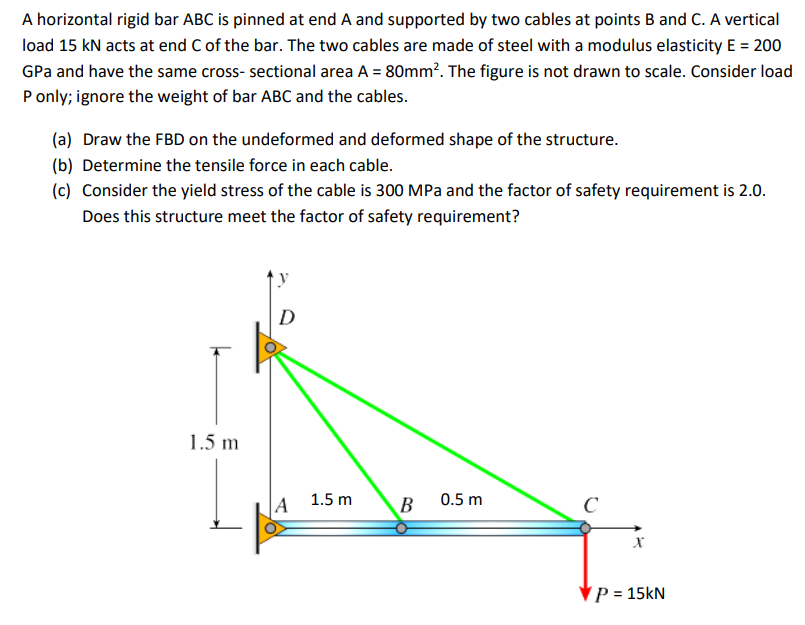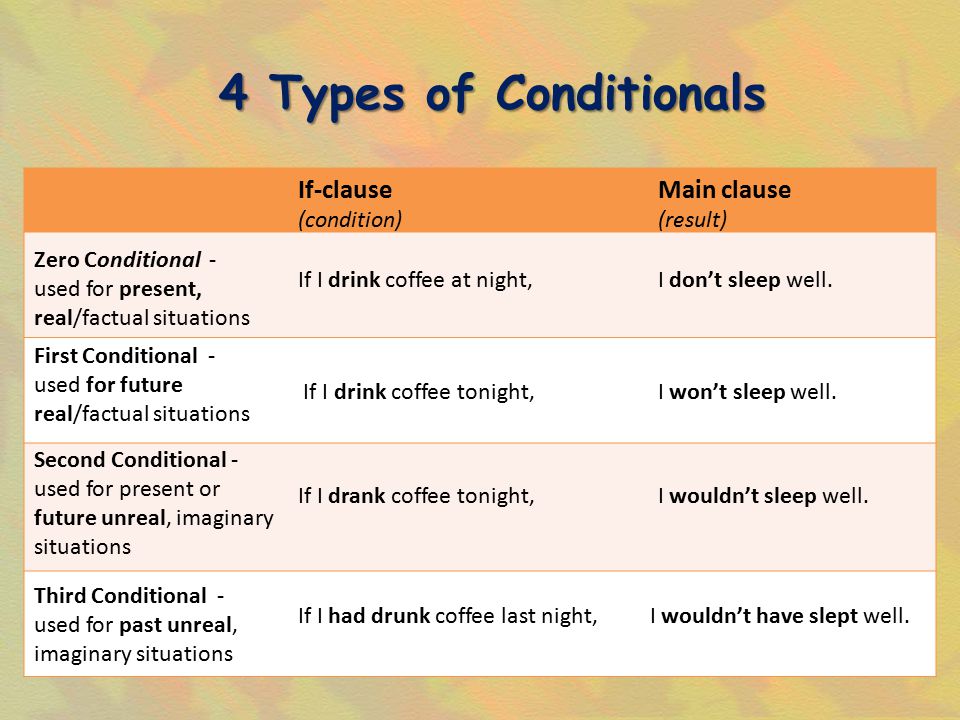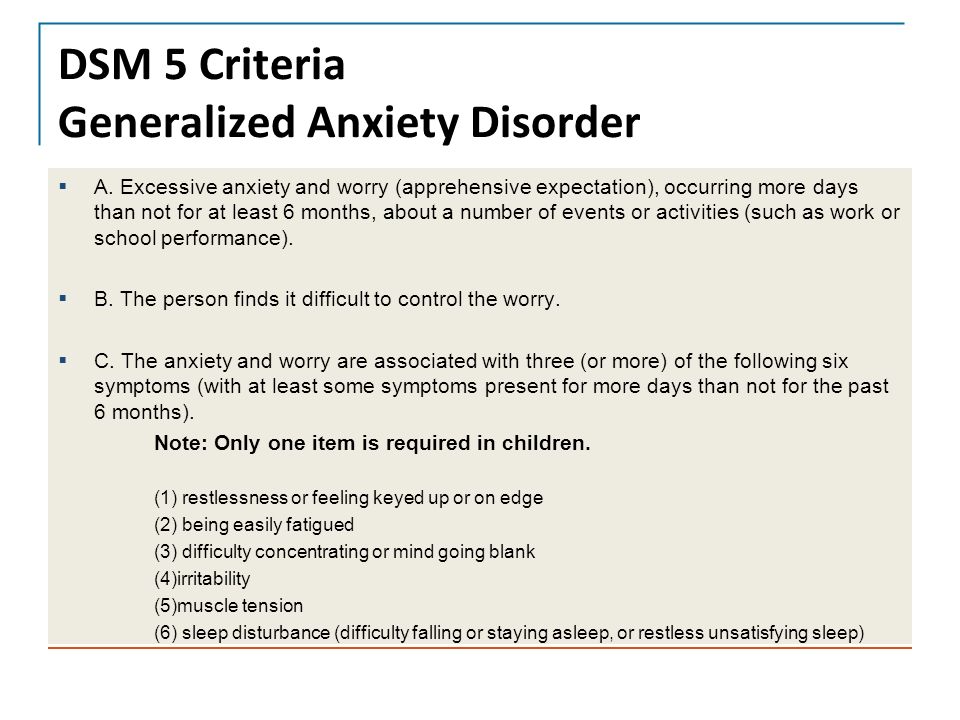Journal for self improvement
5 Journaling Ideas for Self-Improvement
Journaling Ideas for a better life and explosive growth in your personal development, productivity, mental clarity, and self-awareness.
Harvard Business Review uses this as their article’s headline:
Journaling has been endorsed by top performers from all fields: from the stoic sage emperor of Rome, Marcus Aurelius, to the diplomat inventor Benjamin Franklin or the modern self-help giant Tony Robbins. They have stacks and stacks of paper written with their thoughts and observations throughout their life.
Journaling helps you become a better thinker, a more productive result-maker and generally a happier person. If you have already understood how to start a journal, then this article will give you 5 journaling ideas to:
- Be more productive on a daily basis.
- Manage your progress in personal development.
- Develop your mental clarity.
- Deepen self-awareness.
- Instill positivity and gratitude
Journaling every day can drastically increase your productivity and performance.
How so?
Through journaling, we practice visualization and reflection on a daily basis.
Each goal written down comes with a visualization of its being accomplished, which ends up a lot more compelling than just a passing thought.
At the end of each day, we reflect and study our day: what we have managed to do, how we were distracted, how we could improve on the next day.
These are all simple things yet extremely powerful practice if you implement into your everyday life.
It will serve you no good if you just do this once and stop journaling. Productivity planning must come with consistency, with repetition.
Only then you can be accountable for your goals and observe how much you can realistically accomplish in a day then gradually improve.
Productivity planning is choosing to live life with intention every day.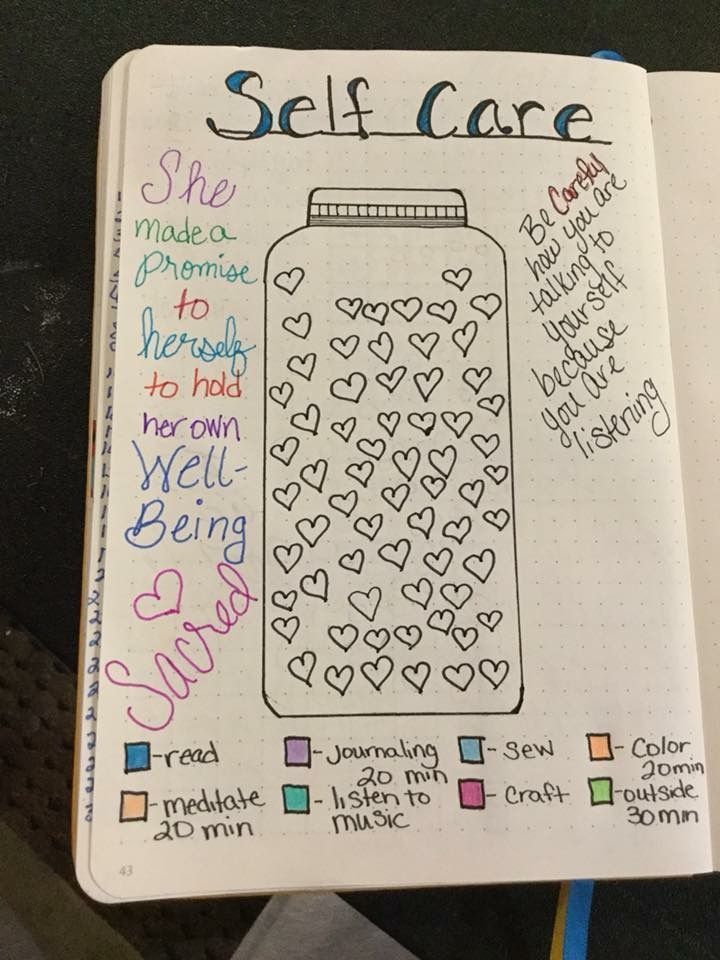 To be mindful and protective of our time and energy on the most micro level to slowly but surely win our macro goals of life.
To be mindful and protective of our time and energy on the most micro level to slowly but surely win our macro goals of life.
If you want to increase your productivity, you may also like: How Hobbies Drastically Improve Your Productivity
So how do you write a journal entry for this?A pen, a notebook, and 15 minutes a day.
Dedicate one page for every day. Cut the page in half for 2 sections:
Write Down your Focus of the dayNathaniel Drew has a very effective demonstration on YouTube and one interesting add-on: write down one to two words Why you are putting these things in your focus.
This list is meant to be short, 3 to 5 items max so you can see what you should be spending the majority of your day on, as the measure of success on each day.
No matter what happens, as long as you have accomplished this, you win the day.
Write down and visualize how you will get this list done before the day even starts.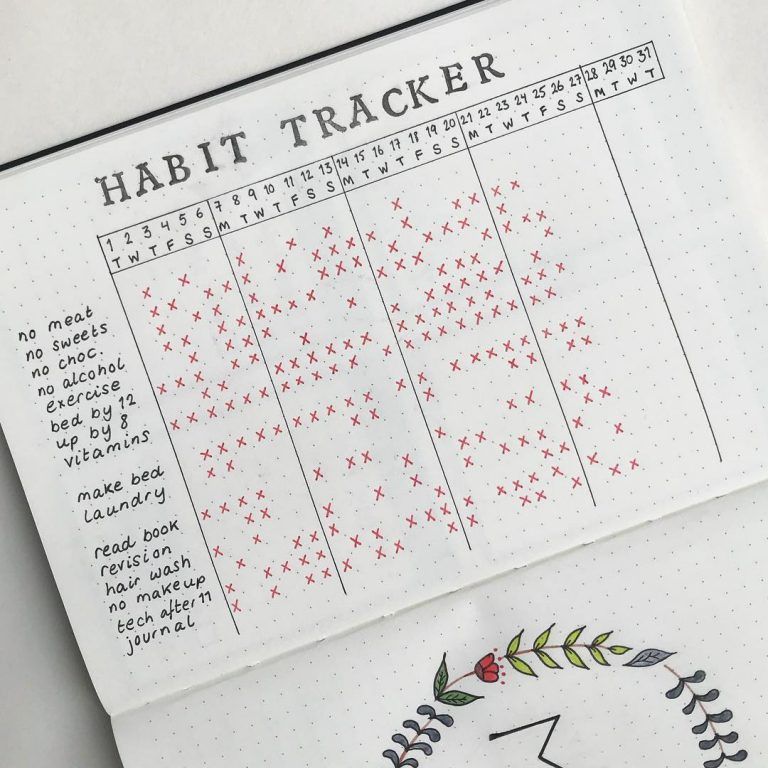
SEE ALSO: How to Meditate for Focus and Concentration
Capture Your Thoughts of the dayIn this section, you capture your reflection about the day.
If we aren’t used to writing down our thoughts, this can be a bit tiring and seem like a chore. So counter that by making them fun, engaging and concise.
And you don’t need to wait until the end of the day to fill your thoughts out. In any free time, whip out your notebook and jot down your thoughts.
Sometimes we can be so exhausted at the end of the day that we pass out and didn’t document anything.
How you felt about your productivity. Why you didn’t achieve what you set out to focus on. What wins you have attained in the day.
3 to 5 sentences can be enough, what’s important is you sitting down and putting down your thoughts for the day and be accountable with your focus the night before.
Nathaniel Drew demonstrating his Productivity Bullet Journal
Notes to ConsiderBy far, the Productivity Planning journal is the most straightforward practice to face the brutal and ugly truth of our productivity.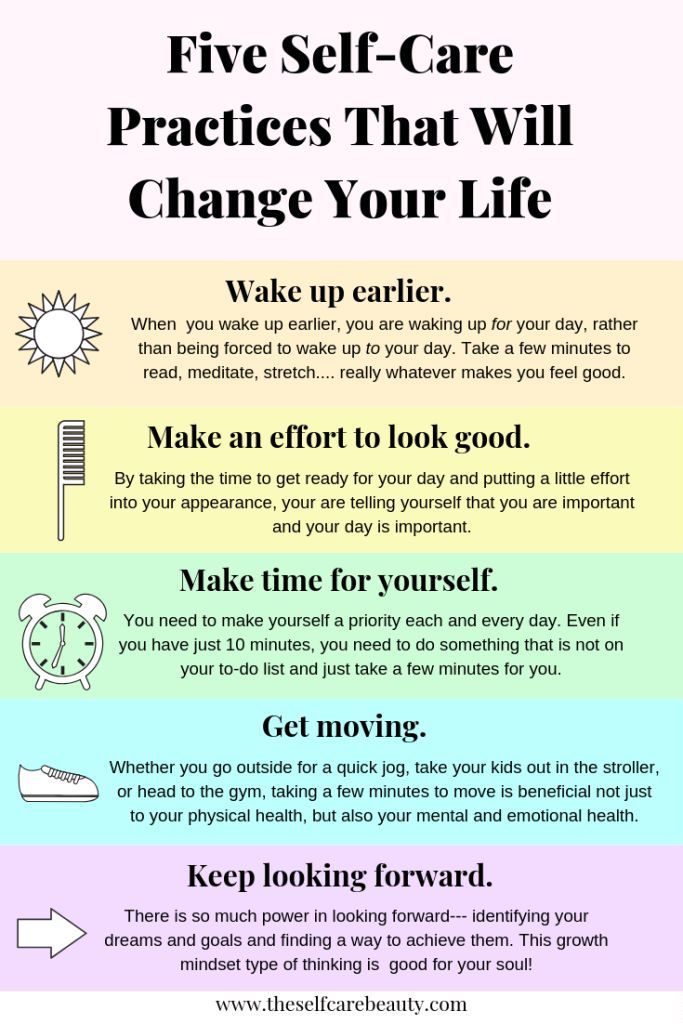
Without an accountability system to our daily productivity, days or weeks can be devoured by procrastination and laziness.
Keeping this journal allows us to set clear-cut focus to build intention for each day. With journal comes with a structure for a day.
This doesn’t take away our sense of freedom, but actually create space and time for well-earned rest and eliminate chaos in our lives.
SEE ALSO: Scheduling Tips for Work-life Balance
2. Progress Logging – Journaling IdeaTrack your personal development, your mental health or your knowledge library with a journal
How so?
Peter Drucker famously said:
“What gets measured, gets managed.”
How can we ensure that we are actually making progress? Are we actually getting better in the gym or with our running routine?
Well, we could say those could be tracked easily: the time that I spent running or the weight that I add on my deadlift. But what about the subtler aspect of training? Like how water-intake, the breaks between sets, the pacing, the weather, the hours of sleep the night before, your mood during the exercise, your mood after the exercise, the time of the day you spent exercising.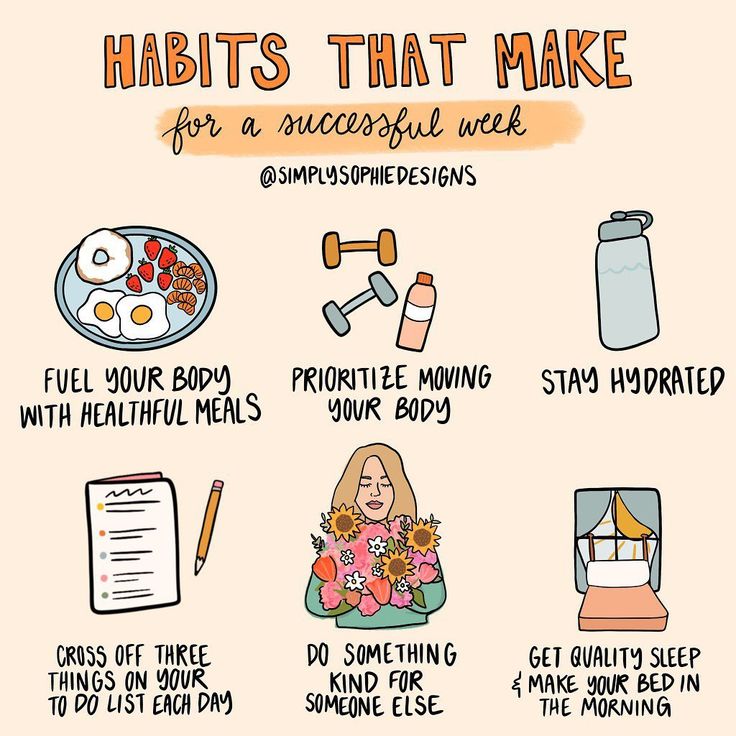
All those elements play into how you perform at the gym and ultimate deciding you get better with your training progress.
And not to mention other forms of progress that is much less clear cut, such as trying to become a better meditator, having a healthier relationship with your moods and emotions, learning a new language…
With a journal, we can store all the progress from day 1 all the way up to where we become a master of our fields. Simply put, by observing how we do things, we know how to better perform.
So how do you write a journal entry for this?
First Step: Set up a progress log space for all of your projectsYou can dedicate one notebook for each project or have one mega journal with all of your projects.
A great way to keep a Progress Log journal is to go digital.
Find a platform to support you with:
- Mobility: it allows you to write comfortably on the go with a tablet or smartphone so you can always easily log in a progress check.

- Notification: it automatically sends you to update and remind you to log in.
- Storage: have unlimited space for you to keep track of your progress from start to finish of a project.
Personally, I use Habitify’s note-taking feature to keep a Progress Logs on all aspects of my personal development: learning psychology, committing to write and reflect daily, reading books and articles and meditate daily.
I would get a notification to update the progress, meditation daily, learning about psychology daily and going to the yoga class 3 times a week.
Find out more progress tracking method here: Habit Tracking Method - Which one is for you?
SECOND STEP: PUT IN THE LOG PROGRESSCapture the progress you are making and how you can improve your performance.
Identify what you want to track with each field and update religiously about those indicators.
I do Vipassana meditation, so I care about how thoroughly I am able to “scan” my whole body, with full awareness onto each part of the body.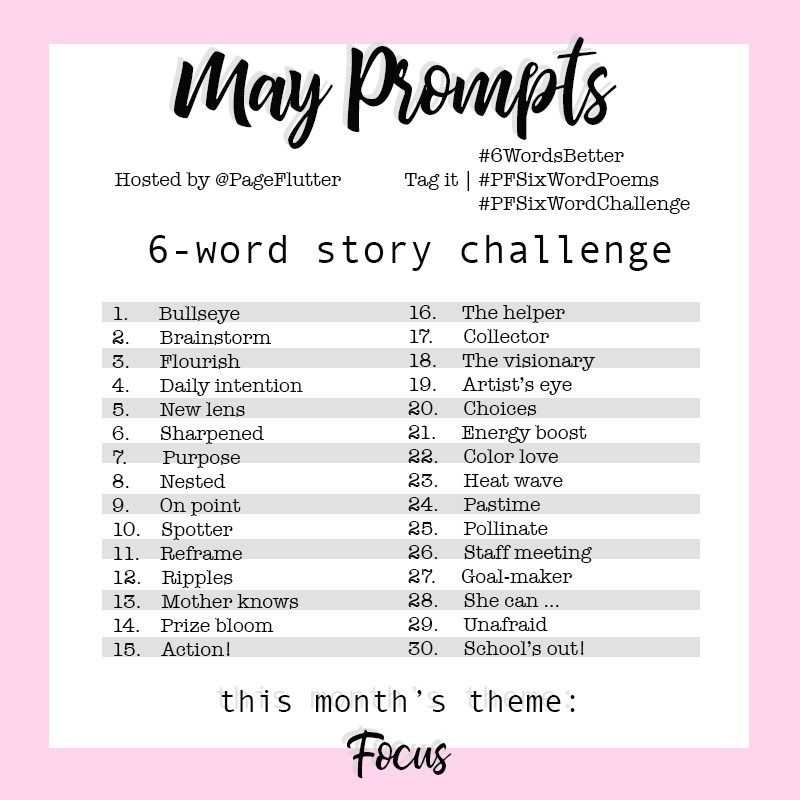 So I want to track how thoroughly I am able to penetrate an area.
So I want to track how thoroughly I am able to penetrate an area.
Then I log in how I felt about how my session goes…
Or these were once I would practice getting more mindful over humanity’s short mortality and log in how I thought about death.
Notes to ConsiderAll long-term projects have multiple slow periods where we don’t see clearly the day to day improvement. Instead of being discouraged and abandon the project, use the Progress Log Journal to identify how to improve, what to innovate and experiment to get out of a plateau.
It’s also such a satisfying feeling to visit earlier entries once in a while, to appreciate the journal and see how far we have come.
You may also like: How often should I review my goals?
3. Cleaning the Mental Garden – Journaling IdeaClean your mind space and gain mental clarity after 15 minutes of journaling.
How so?
“80 % of Thoughts Are Negative…95 % are repetitive”
This was the crucial finding published by the US’s National Science Foundation in 2005.
The quality of our existence depends on both our external and internal dialogues. And as suggested in the result, 80% of our internal dialogue is eroding our lives and they keep repeating days to weeks to months.
It can the fear, the anxiety of the future, or the regret, shameful and guilty of something you have done in the past. We fixate and become a broken record, playing a thought loop over and over again. Then we start feeling bad about feeling bad.
Writing down our thoughts onto a paper break the vicious cycle of a negative thought, as we gain a birds-eye view of our mental landscape with a strategic and logical approach.
As we think, our thoughts pull us into negative emotions.
SEE ALSO: Signs that you are burnout and what to do about it
Courtesy of: ustwo.com/blog/mindful-digital-experienceWriting automatically puts us into a linear sequence of causes and effects.
We can trace a feeling or a thought back to its roots and identify when you were triggered, revealing the core problem that is causing all these suffering.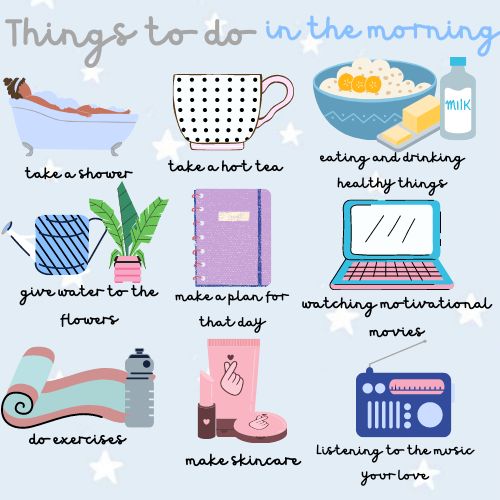
Only by uprooting the core problems can we gain mental clarity and peace of mind.
If we don’t get rid of the weeds, the place will be a mess, no matter how many pretty flowers we plant in our mental garden.
How do you write a journal entry for this?Take your time, prepare yourself to go into tough conversations with your negative emotions and twisted thinking.
Get yourself a good notebook, a pen so you can feel more visceral and be more intimate with your emotions.
Step 1: Describe the problemsDefine what is bothering you through an objective lens (who is bothering you, what they did to bother you, what the situation actually is) and a subjective lens (how do you feel about all of that).
Just the act of writing down the thoughts could be therapeutic but we don’t stop there. We would try to get to the roots of those uneasy emotions.
Step 2: Identify the problemsWe can’t solve a problem unless we know exactly what we have to solve.
After you have described the problems you are facing yourself. Go back to the top of the page and write down in a few words: My problem is [FILL YOUR PROBLEM HERE]
Sitting at the top of the page, now you know clearly what you are dealing with. Either it is procrastination, relationship with yourself or others, or addiction you can’t seem to shake.
Then we start to break the thought loops.
Step 3: Write about your problemsWe can free our monkey mind and write anything that comes to mind. Write whatever that is coming up in your mind, what is gripping your attention, how you are afraid of something.
Or you can take a strategic approach and actively question yourself on your thoughts and feelings.
Why do I procrastinate so much? I just don’t feel any motivation to do anything.
When do I usually feel motivated? When I face responsibilities that I must do, especially with a clear deadline.
What is it that made me and my father argued so often? Well, we both do have short temper
Step 4: Find a solutionSometimes a clear-cut solution will appear just by writing down our problems and now you know what to do about it
Sometimes we can just list down: “10 ways I can solve these problems” and 15 ideas jumped onto the page.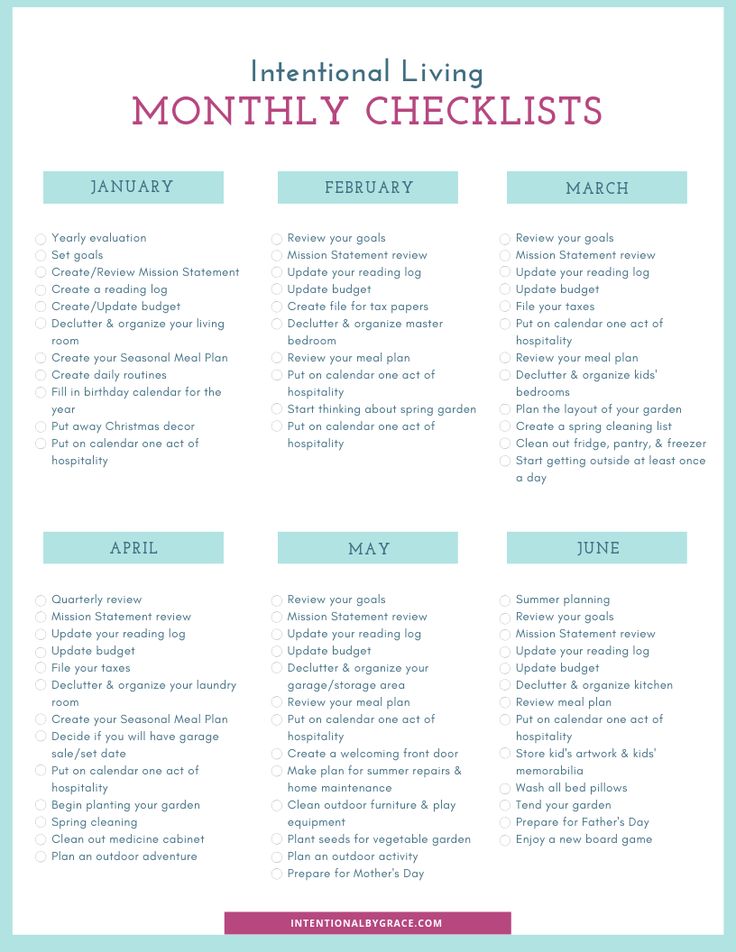
But sometimes it won’t be so easy and obvious to solve our problems.
A lot of problems run deep and require many hours working on our internal development just to face them. In case of hardship, I would suggest ending a journal entry with two things.
Words of affirmation: you will eventually be able to solve this problem. Write that down in your journal. Repeat them again and again if you need to. This will prevent you from spiraling down into negativity and lift your mood up after an entry.
3 things I can do better tomorrow: leaving a journal entry with a clear action that you will commit to doing the next thing. If you don’t know how to start: ask someone who has solved this problem. If you feel too stressed out about the problem: talk to someone about it.
Notes to ConsiderEach of us has lasting problems that plague our lives. And it can be absolutely terrifying to face those problems head-on.
Back to the garden analogy, when the weed is still wreaking havoc, no matter how many beautiful flowers we plant, the garden is still a mess.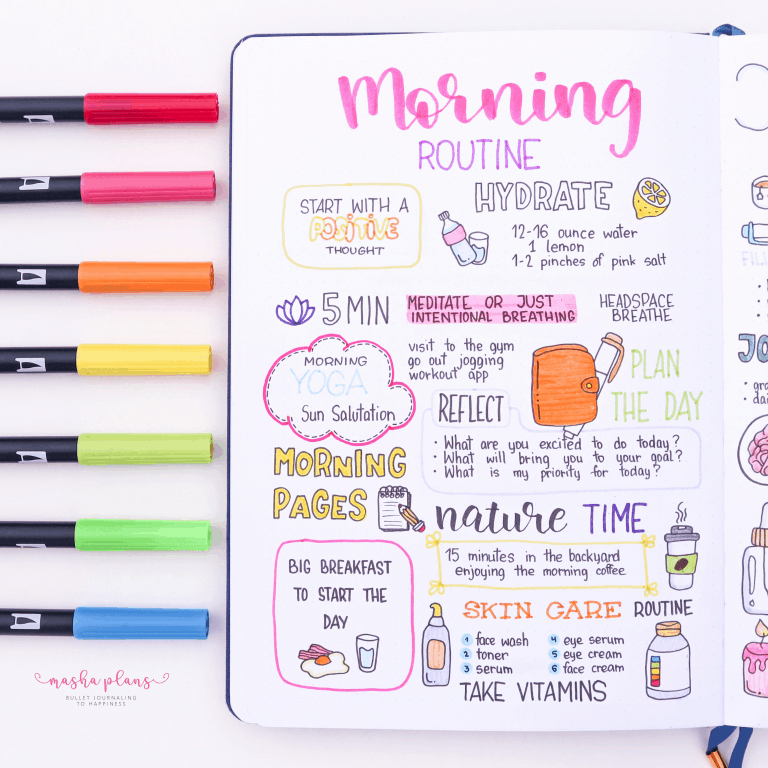
Pulling those weeds out is emotionally difficult. Keeping a journal in this situation is especially helpful to understand and process our emotions then find a solution to solve in at its roots through strategic, surgical sentences.
4. Question of the day – Journaling IdeaExpand your self-awareness and give yourself a sense of direction just by asking yourself questions in a journal.
How so?
Tony Robbins shared his wisdom:
How many times have you done something only to be regretted later?
What are the things that you will sacrifice for in this life?
What are the things that you will not sacrifice for in this life?
What is considered success for you?
What is considered happiness for you?
…
We should all ask ourselves these crucial questions but we rarely do.
One reason is that we are stuck with our busy schedules and have bills to pay.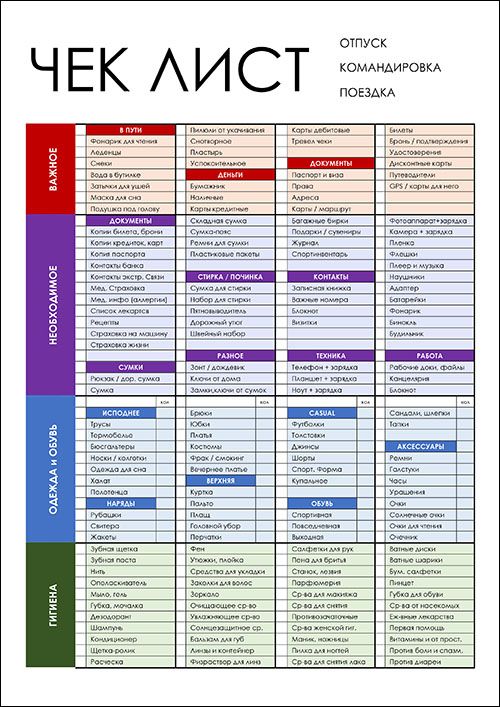 Comparing with many of our responsibilities, self-reflection is a hobby for leisure time nowadays. And most people don’t have much leisure time.
Comparing with many of our responsibilities, self-reflection is a hobby for leisure time nowadays. And most people don’t have much leisure time.
But the lack of effort put into self-reflection results in our disorientation, our aimlessness that we can feel every time the busy life has a glitch and we find ourselves with an evening not knowing what to do with 3 hours of free time.
Isn’t it boredom a sign for the lack of fulfillment in our life?
Another reason is simply we don’t have the capacity to focus deeply enough to contemplate these questions. We put a labor of “big questions that I can’t (and don’t have to) answer” on all contemplation activities of our lives.
But failing to answer such questions can lead to an unfulfilling and directionless life.
So now, how can we use a Question-of-the-day Journal?To start this journal, we have to commit to a journey of self-discovery and exploration. Only then can we start carving time out for contemplation.
To find the questions to contemplate, you can start with these 100 questions and work your way through the list gradually.
Since we are lacking the ability to focus down to contemplate, we will use a journal as our companion.
First: set aside a time and a placeFor this to be efficient, allot 30 to 60 minutes that you will devote to this practice.
Choose the time of the day where you are wide-awake and having the full mental capacity to focus.
Choose a place where you would have solitude. Be alone with just yourself, a notebook, a pen.
Remove distractions such as your phone, your laptop, your books… All of those can come back into your life after the contemplation time.
Second: choose one question to ask yourself.I wouldn’t expect to find a concrete answer after 30 minutes of journaling. These are all big and profound questions that could take weeks or months, even years to crack.
The point here is the process of questioning itself, which would lead you to further self-understanding as you go deeper and deeper.
There is one question, one topic that has proved to very eye-opening for me the more I spend time contemplating: death.
I ask myself If I was more conscious of my inevitable death, what would I do differently about my life?
All the problems and the insignificant trivial things got put in their places once put into the frame of this question. Growing up, I was never taught how to have an internal dialogue with myself. With everything I was curious about, I would find external sources for the answers.
But a lot of times, I have already had that answer within me, especially when it comes to self-understanding. All we have to do is to ask the right question and seriously devote our time to it.
A Question-of-the-day Journal can be your companion to a better life.
5. 5 –Minute Elevation – Journaling IdeaLive a happier life and fill your life with positivity with a journal.
How so?
Journaling enhances our ability to focus on one topic at a time as we have mentioned in Idea Journal #2
If life were photography, journaling could be our lens through which we look at the world.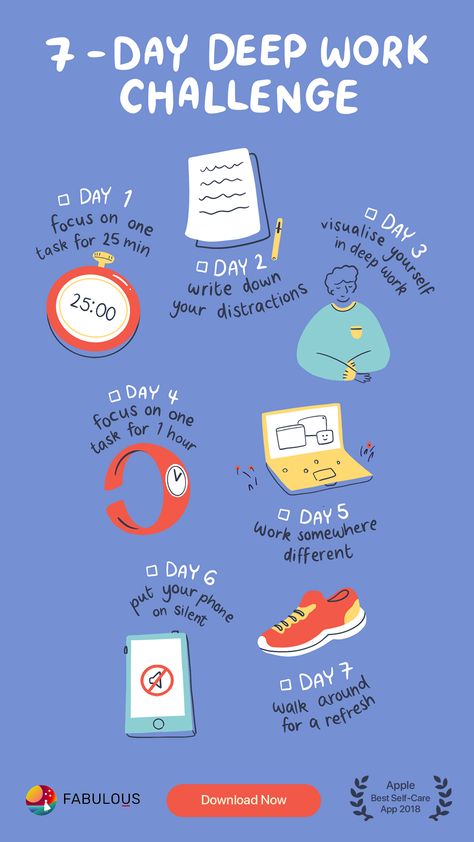
And if we were to pick our own lens to capture this existence, wouldn’t it be wise to choose to look at the brighter side of life?
Write down what you’re thankful for.Write down the best things that have happened in your day.Write down the good things you have done for the day, even the tiniest achievements.These would bring in gratitude and a sense of positivity which is based on your actual everyday life events. This would lead you to have more confidence in yourself, to strengthen your self-esteem.
Positive thinking is proven to better our lives and performances. When we are happy and feel good about ourselves, we flood our brains with serotonin and dopamine, which improve our memory and ability to process information.
In The Happiness Advantage, Shawn Achor stated that happy workers tend to exceed expectations, achieve goals and bring a more preferable culture to the company. This also betters your academic performance, as happy students learn faster and retain information longer.
This also betters your academic performance, as happy students learn faster and retain information longer.
SEE ALSO: How to Meditate for Gratitude
So how to write a journal entry for this?Use these prompts to write your journal every day and see how they better your life:
- Today, I am grateful for: *write down what you are thankful for*
- Today, I have done well on: *write down your achievements*
- Today, I am lucky that: *write down what went well*
- Today, I am: *write down which good trait you have demonstrated*
If you write 3 entries for each of these prompts, it wouldn’t take your more than 5 minutes.
Just 5 minutes of investment each day to maintain and keep a journal like this.
Out of all the ideas, this one can the simplest journal that you can start today.
For a live demonstration, check out Tim Ferris going through his 5-minute journal which he has kept for years.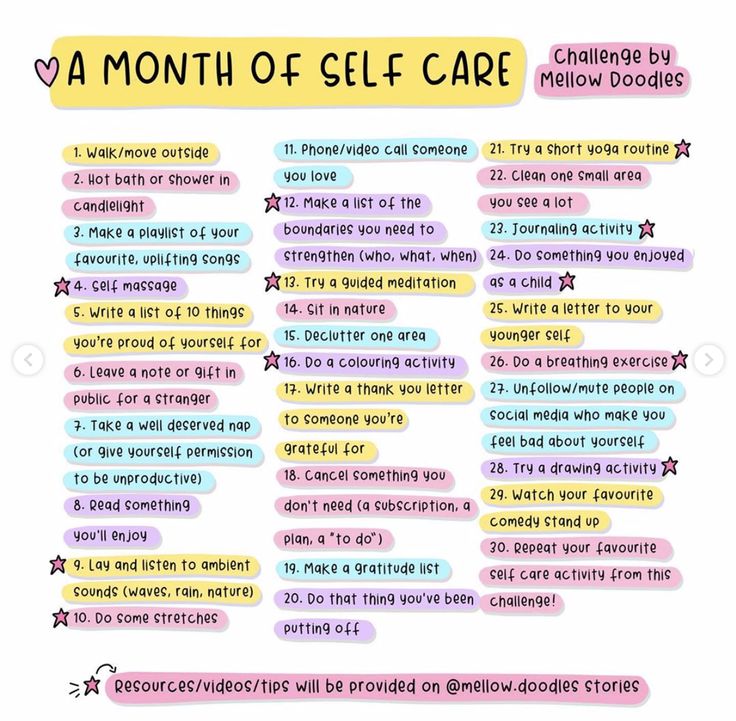
Notes to ConsiderThis is simple but not easy to do. Not only that we are distracted and fall off track so often, but also that bad days are inevitable.
Things will not always go our way.
But we can decide how we react to them. Being negative, angry, spiteful or pitiful over ourselves never solves anything. Keeping a daily journal like this is a great tool to elevate our mood and better our mental health.
So You Have 5 Journal Ideas for Self-ImprovementPlease let me know how you keep your journals. I would love to hear more creative and effective ways to journal.
And if you have implemented similar journaling ideas, please drop a comment below on how it has impacted your life.
Find out how Habitify helps you build better habits to live your best life.
How to Journal for Your Self-Improvement (with Examples)
There might be affiliate links on this page, which means we get a small commission of anything you buy.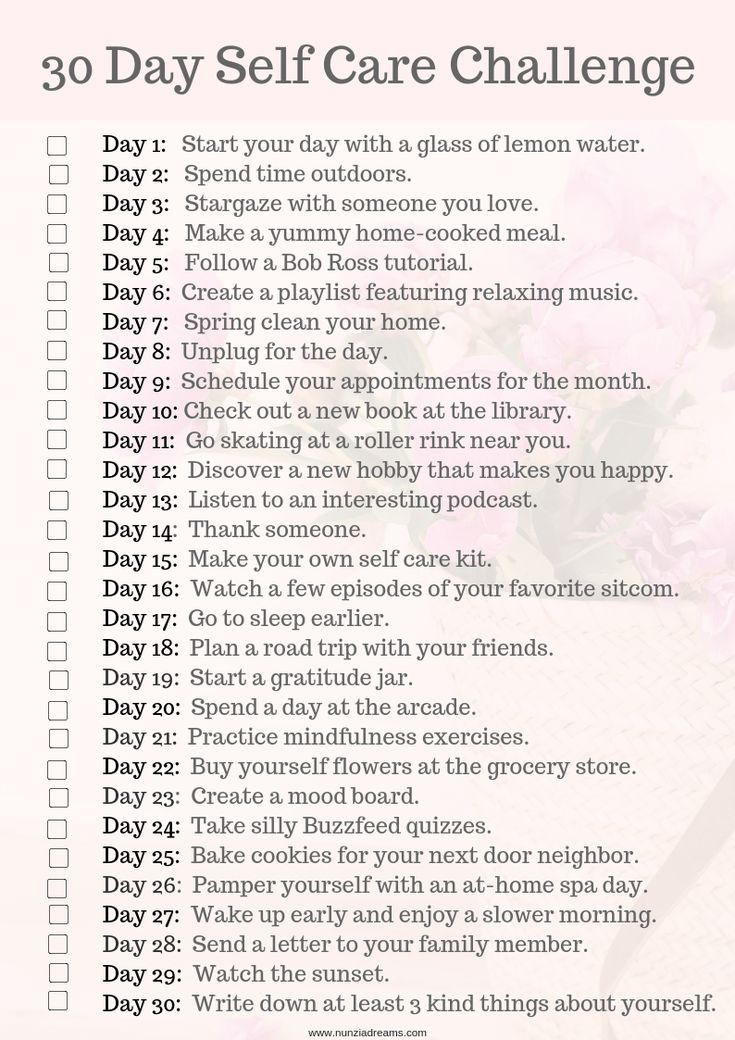 As an Amazon Associate we earn from qualifying purchases. Please do your own research before making any online purchase.
As an Amazon Associate we earn from qualifying purchases. Please do your own research before making any online purchase.
Every time I'm told to journal my thoughts and feelings, the inner child in me groans ever so slightly.
Instantly, I’m having flashbacks of my seventh-grade diary or eighth-grade health class… where weekly journaling was a requirement.
Despite those things, we somehow managed to get this far in life without ever being taught how to journal for self-improvement… as adults.
Journaling can have a profound effect on our perspectives and mental well-being… yet we often dismiss the notion and immediately seek out other ways to improve ourselves. Things like going to the gym, taking up yoga or speaking to a therapist.
Table of Contents
What is Journaling?
Journaling is the regular writing or recording of random thoughts, lists, pictures, doodles, personal observations, interpretations of feelings, creative writing or memories.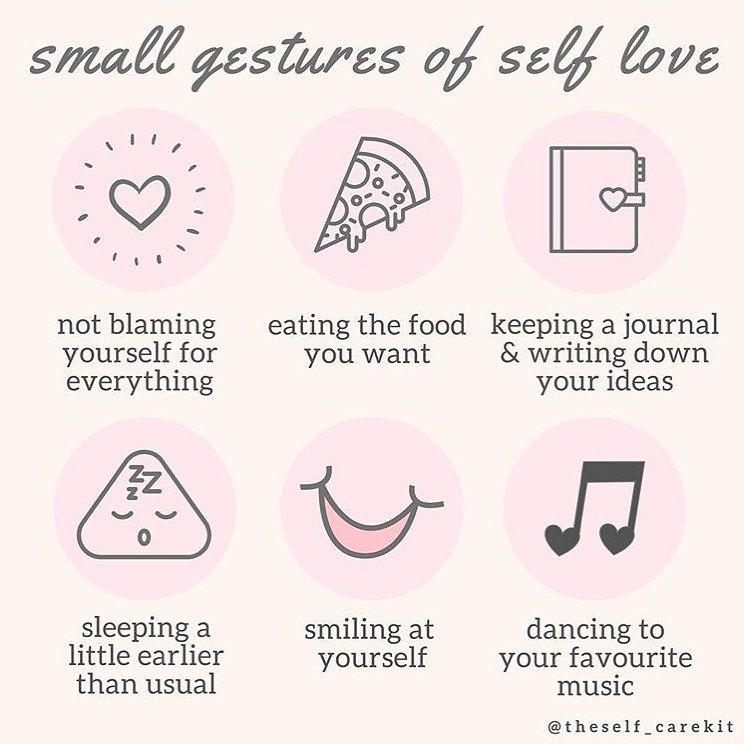
Some will confuse journaling with keeping a diary. The best explanation I ever found describing the difference between the two is this, “A diary is a book to record events as they happen. In contrast, a journal is a book used to explore ideas that take shape.”.
A diary allows us to look back on past… but a journal forces us to focus on the present and future. It is this ongoing personal record that can provide insight into someone's physical and emotional well-being.
As a bonus, researchers now believe that regular writing makes you smarter!
Seems I picked the right profession!
How to Journal for Self-Improvement
Journal writing can be transformative. And when done regularly – it promotes healing and self-forgiveness… as well as self-love.
The process can be an incredible journey of discovery, providing us with new perspectives and insights about ourselves and those around us.
You may be thinking it’s hard to keep a journal… sitting down to look upon a blank page staring back at you.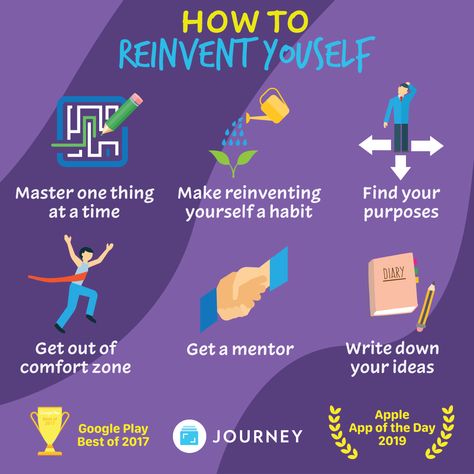 And what about the time it takes?
And what about the time it takes?
Journaling for self-improvement is a commitment. At the very least a weekly commitment… if not a daily one.
While these are valid points, remember that journaling also has the potential to guide your thoughts in a more positive light. It provides a better understanding of one’s self, which is also known as “journaling with intention”.
Sounds promising, right?
If you’re up for the challenge, keep reading to learn more.
The Basic Types of Journals
There are five types of journaling techniques… but no right or wrong way to write a journal. It's the words, ideas, reasons and feelings evoked from it that are important.
It's about the process, not necessarily the result.
So what are the basic types of journals and how are they used?
1. A Goals Journal
This is your standard journal… the one most common for folks starting out with journaling for self-improvement.
This technique helps you focus on what you want in life, rather than what you think you want… or what other people want from you.
With this type of journal, you simply sit down and list your goals.
Goals journal is one most common for folks starting out with journaling for self-improvement.First thing each morning, grab a cup of coffee or tea and jot down your top five goals.
This could be goals for the day, the week, month… or even your current life goals.
Do this for 30 days, no exceptions. Wake, write, repeat.
Here’s an example:
- Travel to India
- Lose weight
- Play the piano again
- Answer all my messages each day
- Go to bed before midnight
Slowly, if you are diligent, your thoughts will start to become clearer.
In fact, your goals may even change over time.
At the end of the 30 days, you can begin to explore why you haven't or have achieved your goals.
2. A Daily Journal
The daily journal is a log or summary of each day's events.
But this style of writing is more than just documenting times, dates and places.
Similar to our childhood diaries, it usually includes more details. Things like what you did, ate, said, who you saw and how bad your hair looked.
This journal technique is a great way to record your life’s moments, big and small.
Here’s an example:
Today, I left work early. I said it was for a doctor's appointment, but it was really to get my hair done.
This is a place to be honest with yourself… and it’s your call as to whether or not you want to include every little detail or event.
Remember this though… the more honest you are with your journal, the greater the potential for self-growth.
So don’t be afraid to include things like running that red light before getting home… or why you didn’t tip your lunch server 20%.
3. A Gratitude Journal
Gratitude is a powerful human emotion… and the benefits of gratitude are endless.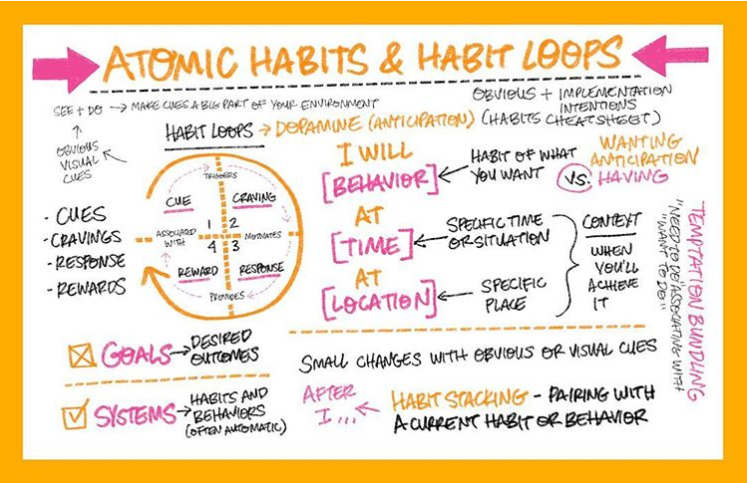
Studies show that gratitude improves relationships. It makes people feel worthy.
We say “thank you” others daily. Sometimes it’s with a warm smile to the man who held the door for you.
“Thank you” to the woman who serves you coffee with a smile each day.
“Thanks, come again” is on almost every business window. And most every email ends with “thanks” or “best regards”.
But do we ever thank ourselves?
Gratitude impacts mental and physical well-being… and, this, my friends is the point of gratitude journaling.
Every morning, write down the five things that you are most grateful for. The things and people that make you most happy.
You can make an extensive, running list… or start a new one each day.
Add a little explanation, or don't.
For instance:
I am grateful for my cat, my friends and my health.
Realistically, gratitude journaling doesn't have to be done in the morning. But keep in mind, gratitude engenders a positive feeling that creates a feedback loop… which can extend to everyone you meet throughout the day.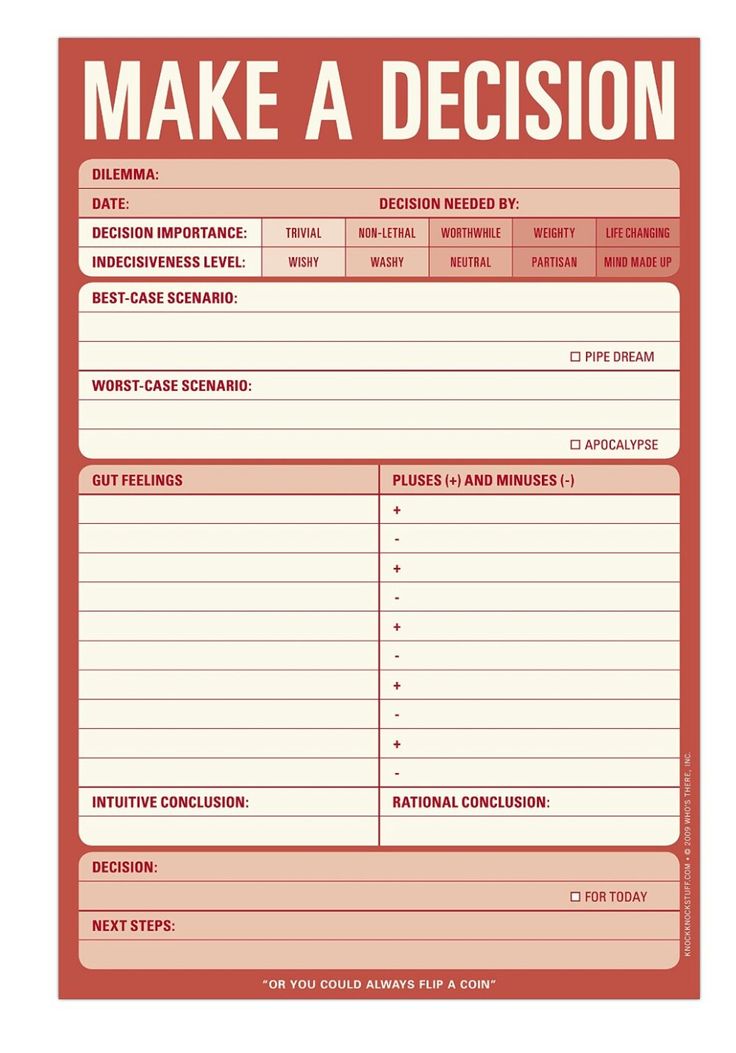
If you wake up feeling grateful… the day will look brighter.
Gratitude can also affect stress.
A recent study revealed that gratitude affects brain chemistry, triggering dopamine and serotonin release. These are two neurotransmitters responsible for our emotions. They enhance our mood and make us happy.
Every morning, write down the five things that you are most grateful for.Think about it, just by consciously practicing gratitude every day, our neural pathways strengthen… creating a calm and positive energy flow.
Other studies have shown that gratitude also negates toxic emotions. The limbic system, which regulates emotions and memory, is activated by appreciation.
Research has also found a correlation between gratitude and pain management. A study that evaluated the effect of gratitude on physical well-being indicated that 16% of the patients who kept a gratitude journal reported reduced pain symptoms.
4. Stress, Fear, Pain and Anxiety Journal
Stress is an everyday occurrence caused by unexpected conflict, scattered thoughts, fear, uncertainty, pain or overwhelming feelings of anxiety.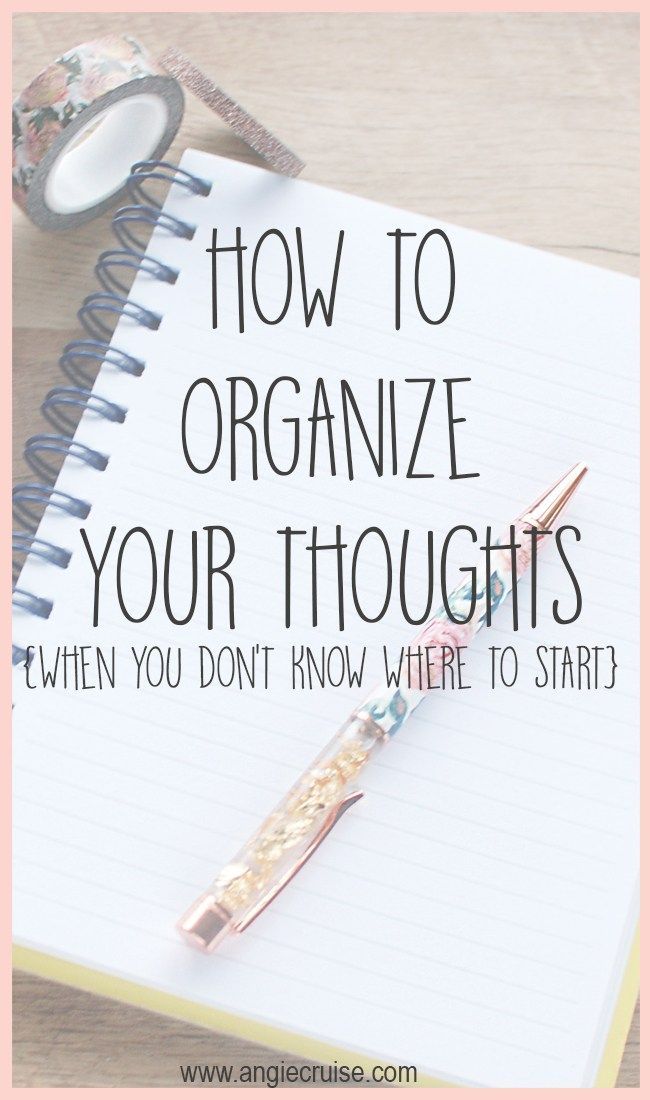
A stressed state also leads to depression, bad decisions and bad judgment.
The Grateful Heart, a well-known study by McCraty and colleagues, found that grateful participants registered a reduction in cortisol levels… the stress hormone. Better heart functioning and a higher resiliency to emotional setbacks and negative experiences was also documented.
By reducing stress hormones, gratitude significantly reduces symptoms of depression and anxiety.
Journaling negative emotions, like when we are stressed or anxious, can also uncover the root cause. And once we know the trigger point, we can begin to resolve the problem.
For example:
When I worry about money, my back hurts and I’ll have to call in sick to work.
Again, there is no right or wrong. It is your journal! And it can be an assortment of stuff – lists, sketches, poems, quotes, or even creative writing. If you need some help getting started, check out this post about journaling prompts for anxiety.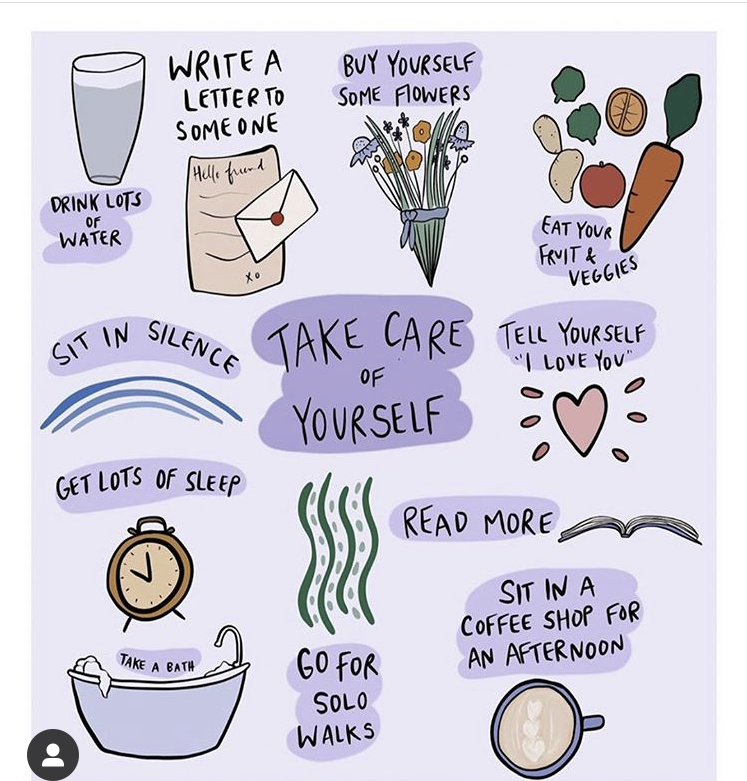
5. A Problem-Solving Journal
There is usually a significant amount of “ranting and raving” in a problem-solving journal.
And that's OK!
Don't be discouraged. Keep writing.
You will eventually get to what's bothering you.
For instance:
How will I go to college? My grades are so bad and we don't have the money. I don’t want to be in debt for the rest of my life.
In the outside world, we tend to make our problems bigger than they really are… but on paper, things become manageable, as we start to visualize a path to resolution.
OK, so now that we’ve covered how to journal for self-improvement, we need to talk about journal prompts.
Journal prompts, also known as writing prompts, are journaling ideas that help you to focus on what to write. Using journal prompts give you a clearer direction before you start writing!
Basic Journal Prompts
So, how do you come up with journal prompts?
It's easy actually.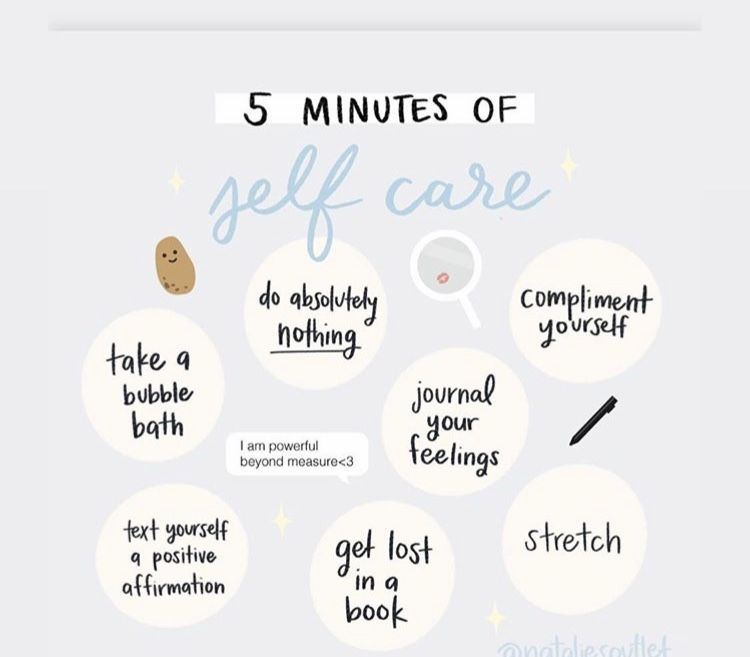 Start by asking yourself a question you want the answer to.
Start by asking yourself a question you want the answer to.
This will help you focus your thoughts and gives you a topic to write about when you have a “mushy brain.”
There are three types of journal prompts:
- Self-love
- Self-discovery (such as mindfulness journal prompts)
- Self-improvement
And in many cases, their form and function overlap.
Here’s a journal prompt example for you… one that works well in a gratitude journal or daily log.
“What was the best thing that happened today?”
If nothing happened, write that down too. Just be sure to see if you can add a “why” to everything you write. This will enhance creativity and the thought process.
Self-Love Journal Prompts
Self-love means caring for oneself, like taking a daily shower or defending yourself when bullied or criticized.
So, show yourself some love by answering these questions:
- What makes you feel loved?
- Which of today's accomplishments makes you proud?
- How did you respond when you were teased or insulted?
- What's the last compliment you received?
- Are you good at anything? Why?
Self-Discovery Journal Prompts
Self-discovery refers to the insight into one's own character.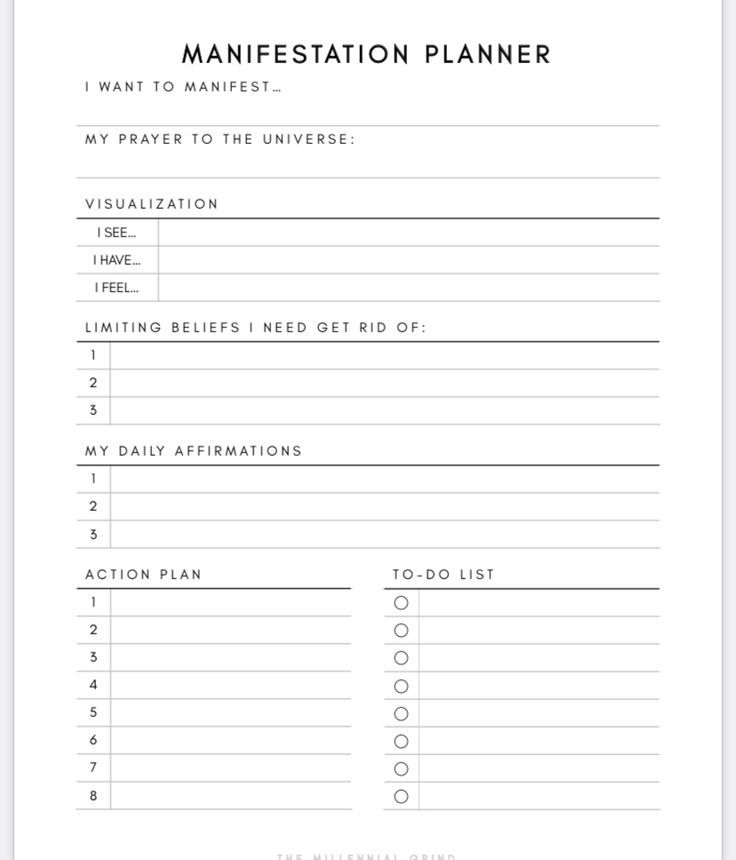 In other words, finding your true self.
In other words, finding your true self.
Get started with these questions.
- What five things engender gratitude?
- Whose approval is important? Why?
- What excites your passion?
- What are your three pet peeves?
- What's your biggest insecurity?
Self-Improvement Journal Prompts
Self-improvement involves actively bettering one's knowledge and character.
Try these prompts on for size:
- What are your goals?
- What energizes you?
- What is your best habit? Your worst?
- What are your biggest time wasters?
- Did you do something nice today?
Final Thoughts on How to Journal for Self-Improvement
In this article, we’ve given you a nice outline of the type of journals you can keep… and a series of journal prompt suggestions to get you started on your journey towards self-improvement.
So now what?
Well, that is up to you.
If you've never journaled before, my suggestion would be to pick one of the techniques we discussed… like the Gratitude Journal.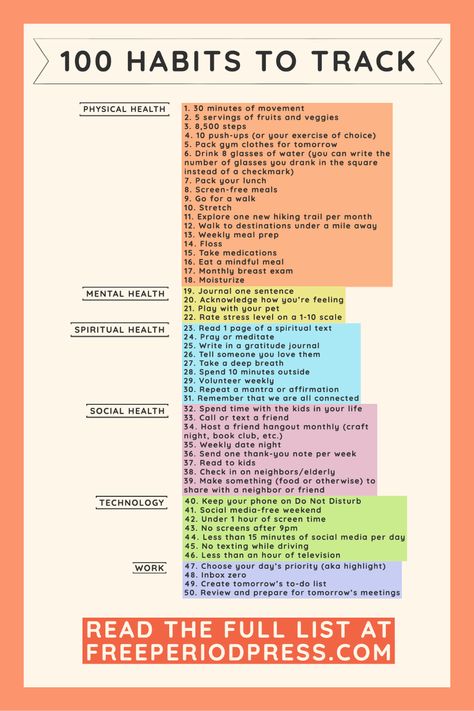
It's basically just a list… and we all make lists. It’s not a daunting task.
Anybody can write five things they are grateful for every day!
Once you've mastered that, try one of the more in-depth styles (be sure to answer a few prompts… they are great tools).
Before long, you will be a journaling advocate!
And soon after… the self-awareness and growth begins as you find yourself one step closer to a greater understanding of who you really are and what you really want from life.
Are you looking for more information about how to journal for self-improvement? Please read our article journaling prompts for anxiety for a comprehensive list of journal prompts and mantras to help you on your journey.
Finally, if you want to increase your happiness and life satisfaction, then watch this free video that details the 7-minute habit for planning your day to focus on what's important.
Self-development magazine
Development directions:
≡ Main menu ≡
Personal growth
Esoteric
Self-monitoring
Miscellaneous
Mind training
optional
Home / Personal development / Self-development journal
Keeping a self-development journal is one of the most effective ways of knowing yourself and the world around you, as well as solving problems, finding new ideas and ways out of the current situation or circumstances.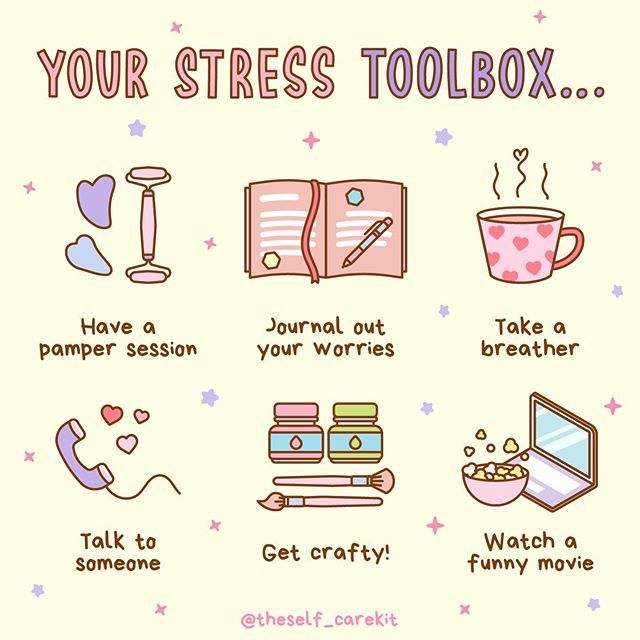 The self-development journal is almost a diary, except perhaps more streamlined in order to simplify the analysis of the information stored in it. This is an excellent assistant on the path of self-improvement and personal development. And this article will provide a few tools that you can use to complete your journal.
The self-development journal is almost a diary, except perhaps more streamlined in order to simplify the analysis of the information stored in it. This is an excellent assistant on the path of self-improvement and personal development. And this article will provide a few tools that you can use to complete your journal.
Self-development journaling tools:
1. Another view - Describe yourself or another person from another person's point of view, or simply looking at yourself from the outside. This is especially useful if you are in conflict with a particular person, or want to get to know yourself or another person better.
2. Building associations - use the mind map technique to fill your self-development journal. Identify the question you want to discuss, place it in the center of the sheet, and write down in a hierarchical order any thoughts that come to your mind regarding this issue.
3. Memorable moments - stories of your life that have had an impact on you, which you would like to remember, for one purpose or another.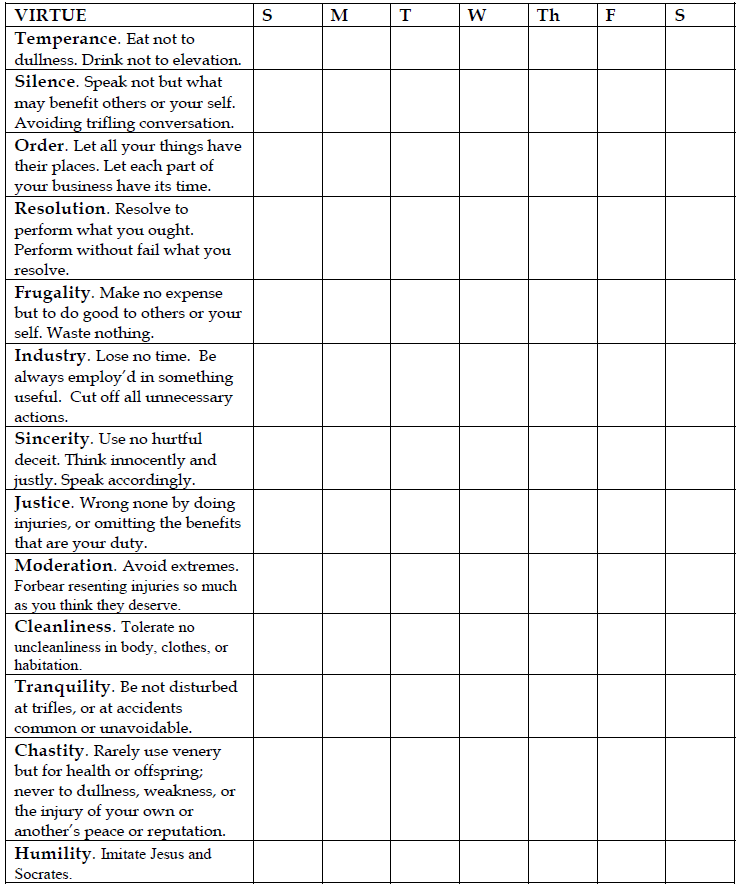 It can be both your successes and failures, moments of joy and grief, sadness and anxiety. Share your innermost thoughts with your journal.
It can be both your successes and failures, moments of joy and grief, sadness and anxiety. Share your innermost thoughts with your journal.
4. Dialogue - writing in a conversational style opens up many interesting thoughts. Each human personality is an alloy of several subpersonalities, between which contradictions often arise, or, in simple terms, doubts. Write down your thoughts in a journal in the form of a dialogue, it is possible that this will help you overcome your weaknesses by convincing a subpersonality that is ineffective at the moment.
5. Lists - A self-development journal can and should contain lists of significant thoughts or ideas. It can be a list of your innermost desires, your goals, your victories and failures, the qualities of your personality. Working with the list allows you to effectively analyze information, draw appropriate conclusions and take the necessary measures. Use the "list of 100" technique for more effective introspection.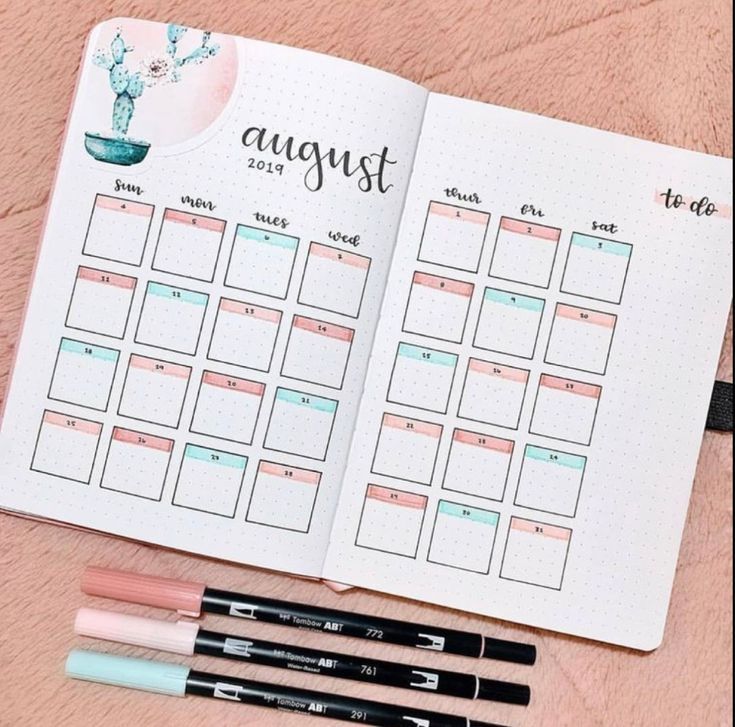
6. Autowriting is a very useful technique for identifying your subconscious attitudes, thoughts, fears and desires. During an automatic writing session, you open the door to your inner world and write sentences not with your conscious mind, but with the help of your subconscious, which is usually much wiser than you can imagine.
7. Unsent letters - everything that you wanted to tell other people, but did not dare or did not have the opportunity to do so, you can state in unsent letters. Lighten your soul, whether you are angry with someone, disappointed or have something to say, write it on paper, you will immediately feel better, and believe me, it is absolutely not necessary for the addressee to know about it.
8. Dreams - let your dreams take shape at least a little, even if only on paper, who knows, maybe just the process of putting them in writing will push you to action or at least serve as a springboard for their implementation in the future.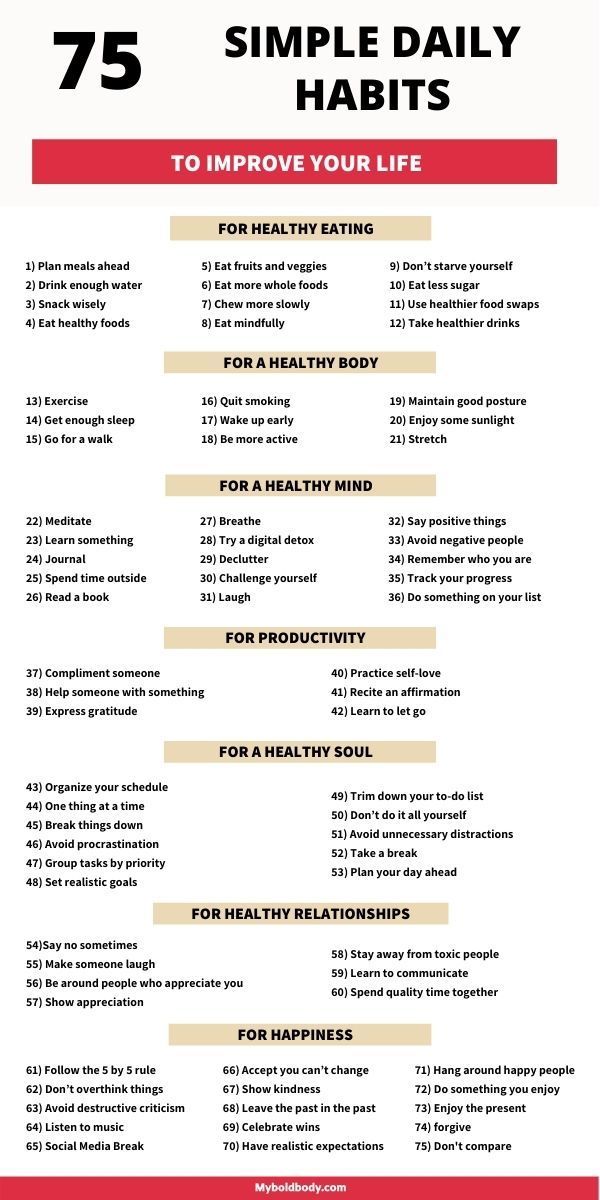
Do not be too lazy to buy a large notebook or album today to start a self-development journal. If you feel the need for self-improvement and development of your personality, this will be the beginning of more fruitful work on yourself. A self-development journal will allow you to systematize and organize your thoughts about yourself or your life, and will help you realize your dreams of a new, more perfect you in your life.
© NT
metodorf.ru
Home / Personal development / Self-development magazine
Comments block
Nobody has left comments here yet, be the first!
Leave a comment:
Other articles in this section:
1. John Fisher, personal growth curve.
2. How to stop being afraid of change
3. Top ten tips for self-improvement
4. Automatic writing guide
5. What separates extroverts from introverts
0003
1. Clarity through contrast
Page not found | Education and Self-development
It looks like nothing was found at this location.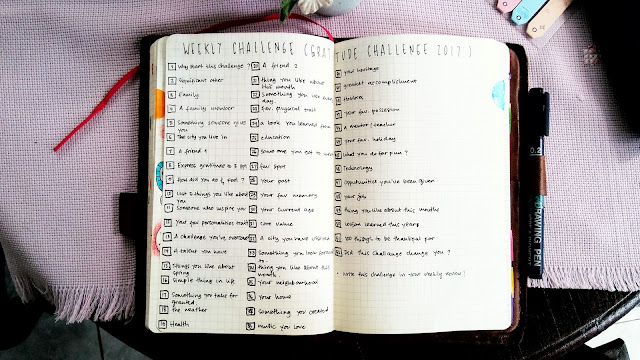 Maybe try browsing the navigation menu?
Maybe try browsing the navigation menu?
Site search
Information about the journal
Publisher
Kazan Federal University
http://kpfu.ru/glavnaya
Address
Kazan 420021
st. M. Mezhlauka
d.1
843 2213475
[email protected]
ISSN
1991-7740
The frequency of the publication
is published on a quarterly
Impector 9000. We are currently applying for inclusion in the Web of Science database. In this regard, the journal does not yet have an impact factor, but as soon as it appears, we will publish it on the website.RSCI impact factor – 0.347
Mass media registration certificate: PI No. FS 77-55321 (09/04/2013).
ISSN 1991-7740
Subscription index - 36625.
Subscription information is placed in the "Rospechat" catalog
The journal is included in the List of peer-reviewed scientific publications of the Higher Attestation Commission, in which the main scientific results of dissertations for the degree of Candidate of Science and the degree should be published Doctor of Sciences (Pedagogy and Psychology).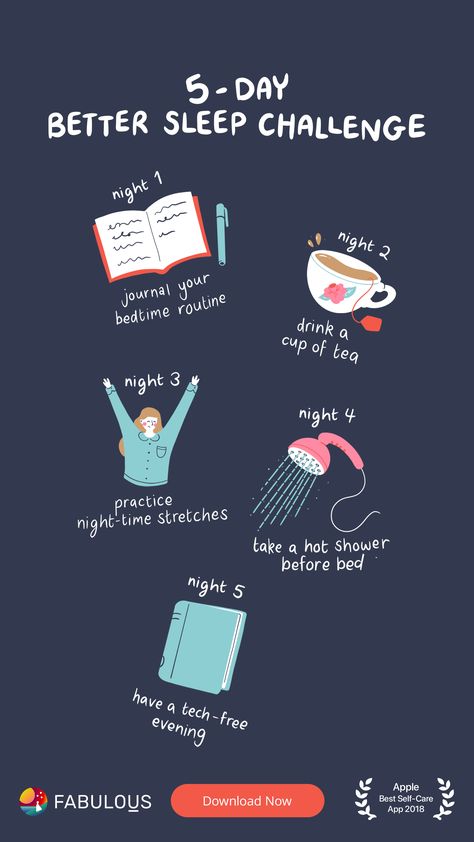
Open access
Education and Self-development is an open electronic journal that does not charge for publication. The journal subscribes to The Budapest Open Access Initiative and strives to ensure that all articles we publish are available free of charge. The journal is published at the expense of the Kazan Federal University.
Magazine topics
Available here…
Keywords
COVID-19 teachers intrinsic motivation upbringing higher education didactics Remote education distance learning preschool age inclusive education foreign language quality the quality of education competence approach competence competencies competence creativity critical thinking personality methods model motivation continuing education education educational standard education giftedness grade teacher pedagogy Teacher Education teacher training problem learning Professional Development professional competencies career guidance reflection self-esteem self-development blended learning strategy subjectivity university teacher
Authors of articles
Agzam A.
